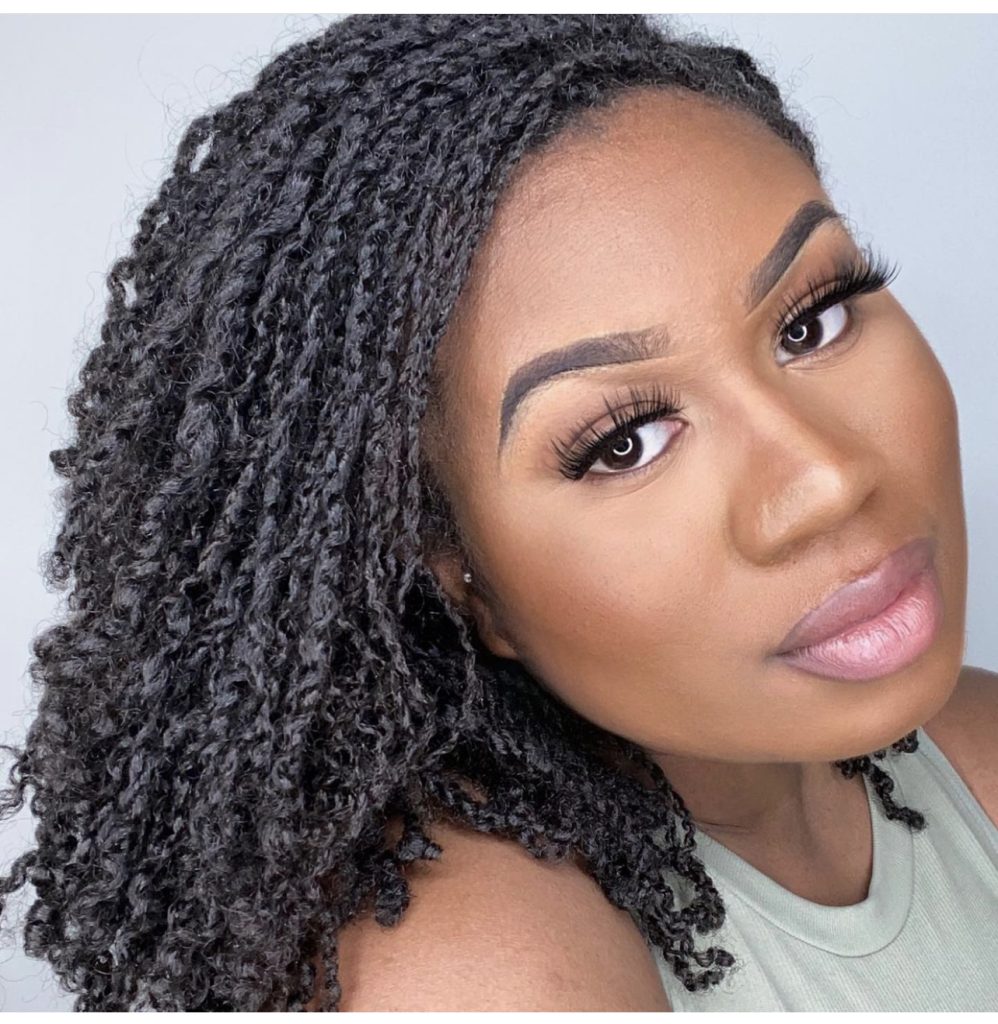Weaving is an ancient art that has been used for centuries to create beautiful fabrics, accessories and more. While it was once a difficult skill to master, the development of style looms have now made the task much simpler. In this beginner’s guide, we will explore how to create beautiful weaves with style looms and what materials you need to get started. From basic foundational knowledge to more intricate patterns, discover how you can become a master weaver in no time!
What is a loom?
A loom is a tool that weavers use to create fabric. The loom is used to hold the warp threads (the lengthwise threads) in place while the weaver works with the weft threads (the crosswise threads). The loom can be as simple as two sticks and some string, or it can be a complex machine.
The benefits of weaving
Weaving is a great way to add texture and interest to your projects. It can be used to create beautiful fabrics, add embellishments to clothing, or even make rugs and tapestries. The possibilities are endless!
Weaving is also a great way to relax and unwind. The rhythmic motions can be very soothing, and the finished product is something you can be proud of.
There are many different types of looms available, so you can find one that suits your needs and budget. And once you get the hang of weaving, you’ll be able to try out all sorts of different techniques and designs.
The different types of looms
Assuming you would like a detailed list of the different types of looms:
-Frame loom: the simplest and most common type of loom; typically rectangular in shape, frame looms can be as small as a few inches or as large as several feet. The warp (vertical) threads are stretched between two beams at the top and bottom of the loom, while the weft (horizontal) threads are passed over and under the warp threads using a shuttle.
-Rigid heddle loom: similar to a frame loom but with a heddle (a tool that helps lift groups of warp threads up or down) attached to one of the beams. This type of loom is great for beginners as it is relatively simple to use.
-Tablet weaving loom: a small, portable loom that is often used for making narrow bands or straps. Tablets (flat pieces of wood or plastic with holes punched through them) are threaded onto the warp threads and turned to raise or lower groups of threads, creating intricate patterns.
- Inkle loom: another type of small, portable loom that is typically used for making narrow bands or straps. The inkle loom has two parallel shafts with pegs that can be adjusted to change the tension on the warp threads.
-Floor loom: larger and more complex than other types of looms, floor looms are typically used by
How to use a loom
If you’ve never used a loom before, the process may seem daunting. But with a little practice, you’ll be creating beautiful weaves in no time! Here’s how to use a loom:
- Choose your yarn. You can use any type of yarn for weaving, but some are better suited for beginners. Acrylic yarn is inexpensive and easy to work with, while wool or cotton yarns create a more professional-looking finish.
- Set up your loom according to the instructions. This usually involves threading the yarn through the heddles and warp threads.
- Start weaving! The easiest way to do this is to alternate between over and under movements with your shuttle. As you weave, the tension should be even so that your fabric does not pucker or warp.
- Finish off your weave by tying it off at the end of the loom or cutting the warp threads. You can then remove your fabric from the loom and enjoy your handiwork!
Beginner weaving projects
There are a few things you need to know before you start your first weaving project. First, you will need to purchase a loom. You can find these at most craft stores, or online. Second, you will need to gather some supplies. You will need yarn, scissors, and a tapestry needle. Finally, you will need to choose a pattern. There are many resources available for finding weaving patterns, both online and in books.
Once you have gathered your supplies and chosen your pattern, it’s time to get started! The first step is to warp your loom. This simply means that you string the yarn onto the loom in the correct order according to your pattern. Once your loom is warped, you are ready to start weaving!
The actual process of weaving is fairly simple. You will use the shuttle to pass the weft thread over and under the warp threads. The key is to be consistent with your tension and to follow the pattern correctly. As you weave, the fabric will begin to take shape.
When you reach the end of your weft thread, you will need to cut it and tie it off on the back side of the fabric. Then, simply continue weaving with a new thread until your project is complete! Once you finish weaving, you can remove your fabric from the loom and enjoy your beautiful new creation!
Advanced weaving projects
If you’re looking for some more advanced weaving projects to try out, we’ve got you covered. Here are a few ideas to get you started:
- Try using different materials in your weaving. Experiment with different thicknesses and textures of yarn, fabric strips, ribbon, and more.
- Create a gradient effect by using two or more colors of yarn or fabric strips that gradually get lighter or darker in shade.
- Mix and match different patterns and colors to create your own unique design.
- Use the loom to create wall hangings, table runners, placemats, or other home decor items.
- Get creative with embellishments like beads, buttons, sequins, or pom-poms to add some extra personality to your weave.
Conclusion
Weaving with a loom is an enjoyable and exciting activity that can be enjoyed by all ages. With the help of this beginner’s guide, you now have the tools to create beautiful weaves of your own. Whether it’s scarves, necklaces or wall hangings, there is no limit to what you can achieve with style looms! So grab some yarn and get weaving – let your imagination run wild!











